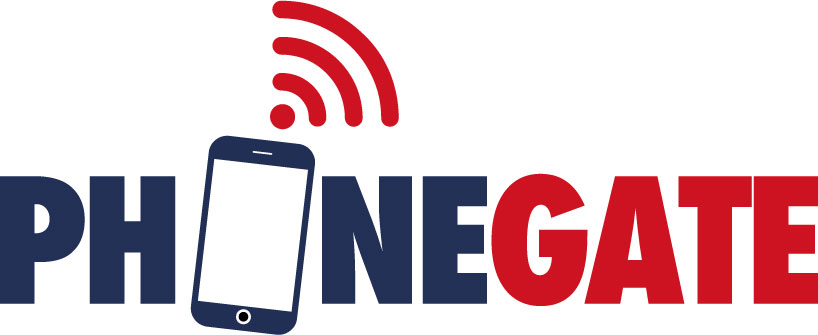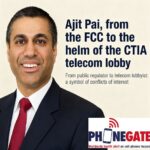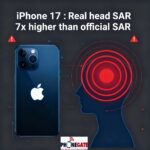In its press release published on Thursday 26 July 2018, the National Frequencies Agency (ANFR) announced the obligation of manufacturers to update two new mobile phone models, the HISENSE F23 and the WIKO Tommy2 (marketed by Bouygues Telecom). The control tests carried out showed that the regulatory limit for the Specific Absorption Rate (SAR) “trunk” had been exceeded.
In addition, ANFR presented the results of its SAR campaign for 2017 in a detailed 13-page document.
Despite this new transparency, ANFR is under no illusion. Its communication strategy is simple. The millions of mobile phones placed on the market before the change in European regulations in June 2016 will be swept under the carpet.
This means practically all the mobile phones we and our children have used on a daily basis for many years to the present day. For these mobile phones, the levels of the SAR body tested by ANFR are far more alarming. The SAR thresholds have been exceeded by up to almost four times the regulatory value (2W/kg). For Dr. Arazi, who launched the alert in July 2016 and obtained the publication of all these data through legal proceedings: “The responsibility of ANFR, like that of other international monitoring bodies, is huge. This scandal recalls another one, the contaminated blood scandal. Some people knew but said nothing and the health of millions was endangered. Doesn’t the government ever learn anything from the serious mistakes of the past, like asbestos or tobacco?”
And a new study, this time from the Swiss Tropical and Public Health Institute (Swiss TPH) in Basel, shows that the figurative memory of students (700 young people aged 12 to 17) is affected by the radiation of their mobile phones. The French Agency for Food, Environmental and Occupational Health & Safety (ANSES) also sounded the alarm in July 2016 in its report “Exposure to Radiofrequencies and Child Health” recommending, inter alia, to the public authorities to extend to “all mobile communication devices” the current ban on advertising that directly promotes the sale or use of a mobile phone by children under age 14.
Above all, Roger Genet, Director General of ANSES, called for “compliance with regulatory exposure limit values under all circumstances, regardless of the mobile emitting devices used and their conditions of use (positioning in contact with the body)”.
It is in this context that at our press conference on 28 June 2018, we called for the withdrawal by free exchange or updating of more than 250 of the best-known mobile phone models whose thresholds exceeded the regulatory values on contact (0mm) and/or near-contact (5mm). For example, the manufacturer SAMSUNG represents nearly 15% of the phones concerned with 34 models.
SAMSUNG (34), LG (19), WIKO (14), NOKIA (12), HUAWEI (10), HTC (9), ALCATEL (7), APPLE (5), POLAROID (5), MICROSOFT (4)…
We will come back soon in more detail regarding the assessment of the tests carried out by ANFR during 2017. We draw your attention, however, to the falsely reassuring nature of the information transmitted in this document and particularly that concerning the SAR “head”.
The total lack of reaction from the political authorities, who continue to remotely steer this burning issue by sending senior officials and the administration to the front line, shows at the very least a complete lack of courage on the part of the Ministers, Nicolas Hulot, Agnès Buzyn and Bruno Le Maire, in the face of the lobby of this extremely powerful industry.

![[Press release] ANFR endangers the health of millions of mobile phone users](https://phonegatealert.org/wp-content/uploads/2018/09/cellphone-2-1080x641.jpg)



